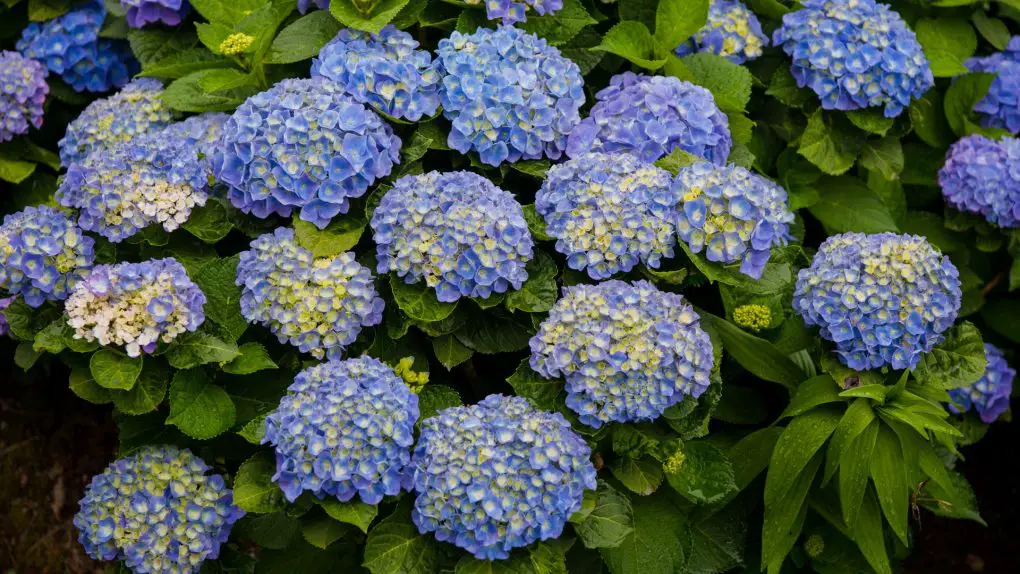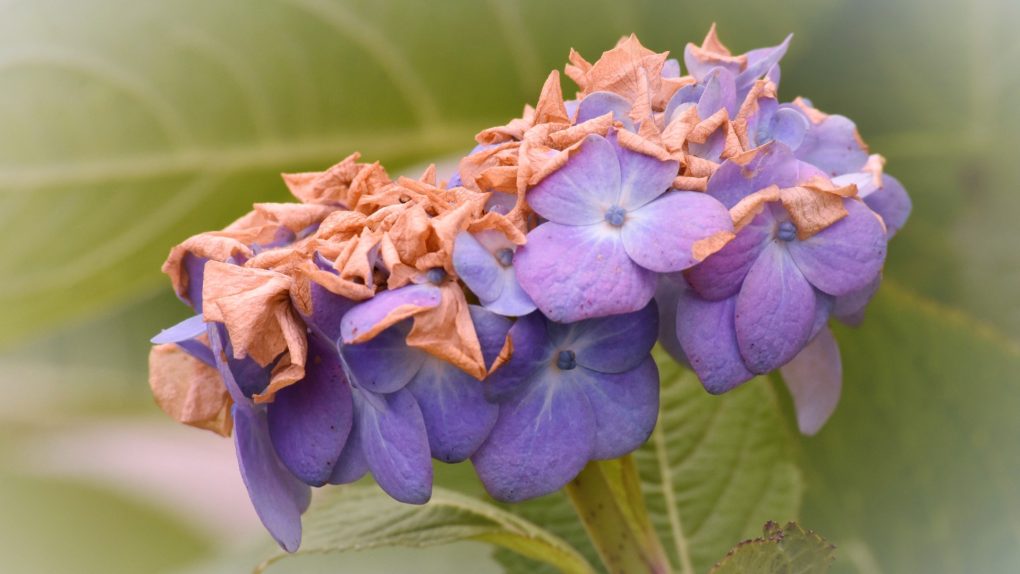Does Hydrangeas Grow in Florida? A Guide to Growing Hydrangeas in the Sunshine State
Hydrangeas are a popular flowering plant that has captured the hearts of many gardeners. They are known for their large, colorful blooms that brighten any garden, however, many people are unsure if hydrangeas can grow in Florida due to its warm and humid climate.

Hydrangeas can grow in Florida, but it depends on the specific location within the state. North Florida is the best region for growing hydrangeas as it has a cooler climate than the rest of the state. Central Florida can also grow hydrangeas, which must be kept in pots and brought inside on the hottest days. Unfortunately, South Florida is too hot for hydrangeas, and they will not survive in this region.
Table of Contents
Hydrangea Varieties that Grow in Florida
Hydrangeas are popular for gardeners due to their beautiful blooms and versatility. While some varieties may struggle to thrive in the hot and humid Florida climate, a few are well-suited to the region. Here are some of the hydrangea varieties that can grow well in Florida:
| Variety | Size | Color |
| Bigleaf Hydrangea (Hydrangea macrophylla) | 3-6 feet tall and wide | Blue, pink, purple, or white |
| Oakleaf Hydrangea (Hydrangea quercifolia) | 6-8 feet tall and wide | White, pink, or red |
| Panicle Hydrangea (Hydrangea paniculata) | 8-15 feet tall and 6-10 feet wide | White, pink, or red |
Bigleaf hydrangea is a popular variety that produces large, showy blooms. It is important to note that the color of the blooms can vary depending on the soil’s pH level. In acidic soil, the blooms will be blue, while in alkaline soil, they will be pink. On the other hand, Oakleaf hydrangea is known for its large, oak-shaped leaves and cone-shaped flower clusters. It is a great option for adding texture and interest to a garden.
Panicle hydrangea is a hardy variety that can tolerate various growing conditions. It produces large, elongated flower clusters that can be pink, white, or red. It is also known for its attractive bark, which peels away to reveal a cinnamon-colored layer underneath.
While these varieties are well-suited to the Florida climate, providing them with proper care and maintenance is still important. This includes regular watering, fertilization, and pruning as needed. With the right care, these hydrangeas can thrive and add beauty to any garden.
Planting and Care Tips for Hydrangeas in Florida
The hydrangea plant is one of the most popular flowering shrubs in the world and they are perfect for adding color and beauty to any garden. If you live in Florida and you want to grow hydrangeas, there are a few things you should keep in mind.
The first step is to choose the right place for planting. Hydrangeas prefer partial shade, so choose a location with morning sun and afternoon shade. They also need organic soil that drains well. To improve your soil’s water retention capacity, amend it with compost or other organic matter if it is sandy.

You should dig a double-sized hole when planting hydrangeas. This will allow the roots to spread out and establish themselves. Slow-release fertilizer can also be added to the hole to boost the plant’s nutrients.
It is important to water your hydrangeas regularly once they are planted. In Florida’s hot and humid climate, hydrangeas need to be watered deeply at least once a week, and even more often during droughts. However, keep in mind that overwatering can result in root rot and other problems.
Hydrangeas need to be pruned regularly. They should be pruned in late winter or early spring in Florida before new growth begins. If any branches are dead or damaged, or they cross or rub against each other, they should be removed. The healthy growth and attractive shape will be improved as a result.
| Planting Tips | Care Tips |
| Choose a location with morning sun and afternoon shade | Water deeply at least once a week |
| Amend sandy soil with compost or other organic matter | Prune in late winter or early spring |
| Dig a hole twice as wide as the root ball | Remove dead or damaged branches |
Common Hydrangea Problems in Florida
Hydrangeas are beautiful and popular plants that can thrive in Florida if proper care is taken. However, gardeners may encounter some common problems when growing hydrangeas in Florida.

One of the most common issues is yellowing leaves. This can be caused by overwatering, iron deficiency, or high soil pH. Therefore, gardeners should ensure that their hydrangeas are not overwatered and that the soil pH is within the appropriate range.
Another problem that can occur is powdery mildew, a white fungus that can appear on the surface of the leaves. This can be unsightly but typically does not harm the plant. Therefore, gardeners can prevent powdery mildew by ensuring that their hydrangeas have good air circulation and are not overcrowded.
Hydrangeas may also suffer from root rot if planted in soil that does not drain well. Therefore, gardeners should ensure that their hydrangeas are planted in well-draining soil and not overwatered.
Finally, hydrangeas may not bloom if they do not receive enough sunlight or are pruned at the wrong time. Therefore, gardeners should ensure that their hydrangeas receive the appropriate amount of sunlight and prune them in the late winter or early spring before new growth begins.
